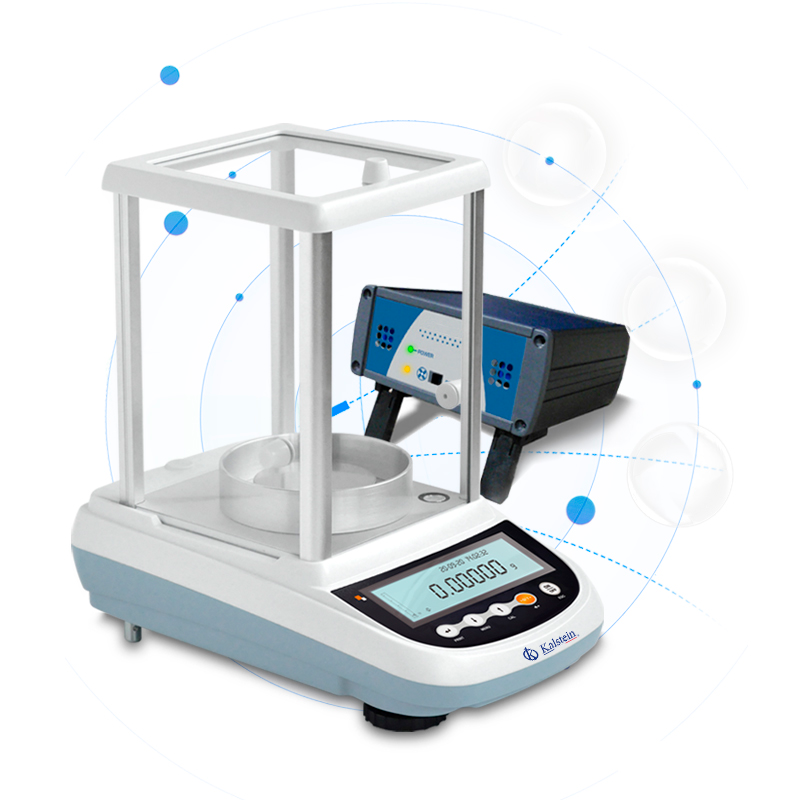Electronic scales are high value measuring equipment for chemical, analytical and formulation operations in quality industries and laboratories. They are used, like scales in general, for measuring the mass of a body or substance, only that since this is a balance of precision, the measurement is accurate.
What should you consider?
In order to weigh a laboratory balance correctly, it is necessary to take into account the possible sources of error and to act to avoid or minimize them. Despite the perfection achieved in the manufacture of scales, the disturbing effects of the environment and bad practice may result in weighing errors.
What are the most common errors when using a scale?
This problem was not the problem of analysts in the eighties or nineties, but with the massification of the use of the cell phone has become a real problem, and it is not only because of the electromagnetic radiation emitted, but also causes loss of attention in the analyst.
Often due to ignorance, zeal or simple laziness, we overlook the verification of the level of our balance and consequently the measurement made is not reliable.
To establish the levels of temperature and relative humidity, the correct thing is to go to the manufacturer’s manual for each equipment and based on the recommendations established there should be set the environmental conditions of each area.
You should keep in mind that laboratory scales are such sophisticated equipment, that anything that moves will be interpreted in the equipment as a variation of weight, therefore you must lay the balance on a stable, antimagnetic table, protected against static loads and unique fixation.
Hygroscopic substances absorb moisture from the environment, causing the reverse effect of evaporation (weight gain). The way to minimize this effect is to have the substance in its container in a desiccator with the active desiccant agent.
Again by zeal or ignorance the balance is used without waiting for the prudent time of warming. The scales and all electronic equipment in the laboratory have a heating time specified by the manufacturer, respecting the heating time indicated by the manual is necessary to establish the thermal balance of the balance.
When you put a hot substance into the scale, a temperature difference is generated between the sample and the environment of the measuring chamber, which causes drafts. These air currents generate forces on the measuring plate making the sample appear lighter (known as dynamic fluctuation).This effect only disappears when thermal equilibrium is reached. This makes a cold object appear heavier, or a hot object appear lighter.
Electrostatic charges are formed by friction or during the transport of materials, especially if they are in granules or powder. If the air is dry (relative humidity less than 40%), these electrostatic charges are retained or dispersed slowly. Measurement errors are caused by electrostatic attraction forces acting between the sample and the environment.
At Kalstein we have an excellent range of precision electronic scales, manufactured with the highest quality and technology. That’s why we invite you to take a look at the HERE




